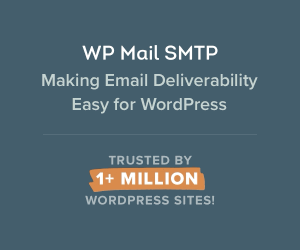The wonder of email…where would the business world be without it and it’s easy access, easy correspondence and anytime, anywhere convenience? Well, without being ungrateful for this essential attribute of the modern world, we might be a little less overwhelmed by the phenomenon that is email overload.

Chances are if you’re in business you know it all too well – the constant call to check your email only to be met by spam, useless subscriptions and some really important information hidden deep within the depths of your inbox.
Here are the top tips for claiming back your inbox and handling emails with ease:
The wood from the chaff
Like your office space, your email is a place that needs a regular and ruthless clean up which involves the ditching of extraneous clutter. Have a quick peruse of your inbox and assess exactly what junk is making it unworkable then begin the process of unsubscribing from unnecessary newsletters or alerts, while using the junk folder to eliminate spam. And don’t forget to clear the junk folder regularly or set up protocols for a regular delete.
Read, flag, delete, repeat
Just as you need rules for your inbox, you should set yourself guidelines for how you approach it. A really effective way to handle emails is to log in and conduct an initial skim, deleting irrelevant items immediately.
Then start at the top applying the read, respond, flag, delete principal. If it’s a quick response, do it now, if it’s something more complex, flag it for follow up and come back later in the day or at a set time each week. If it’s irrelevant, finalised or doesn’t need any further record of correspondence or attention, delete it right there, right then.
Folders are your friend
Create folders and rules that sort your emails as they come in to allow you to filter your emails and prioritise it into reading and response groups. The same rules of Read it, Flag it, Delete it apply. You can also set up folders that relate to subjects, require follow-up or have been responded to.
Deal with attachments
Email is not a storage device, it is a medium for communication. As you process your emails, save, name and file attachments accordingly in the relevant folders on your computer or in the Cloud.
Use templates
If a lot of your emails relate to similar inquiries, consider setting up a template response that you can quickly send back. This template may answer frequently asked questions or outline any other standard information you regularly find yourself drafting into a response.
Separate the personal from the professional
It should almost go without saying that personal and professional emails should be kept separate, that way you’re not distracted by Aunt Betty’s biscuit recipe while putting together a client brief. If personal emails are currently coming into your work inbox, let your friends and family know your personal email address or set up a new one.
Don’t leave your email open
Leaving your email open only leaves you open to distraction. Hide it or minimise it in your toolbar and check it once an hour. Set aside a specific time for more complex email responses, maybe late in the day or once a week and religiously adhere to it so you respond and process every email before finishing the working week.
Pick up the phone
If email correspondence is becoming overly complicated or has the potential for miscommunication, go old school and simply pick up the phone. This can actually save a lot of time spent to-ing and fro-ing and ensures all parties have quick clarification.
Destination zero
Treat your email as a daily challenge that should see your inbox entirely cleared by the end of the day. That may not mean all emails have been fully finalised but those that still require your attention will have been removed from the inbox and filed accordingly with the aim of being dealt with as swiftly as possible.
As fabulous as email undoubtedly is, staying on top of it is an ongoing process. With a little commitment, ruthless sorting and frequent filing, you can have a clutter free inbox that is less demanding of your time. If you have any further tips for handling email overload, we’d love to hear them.























